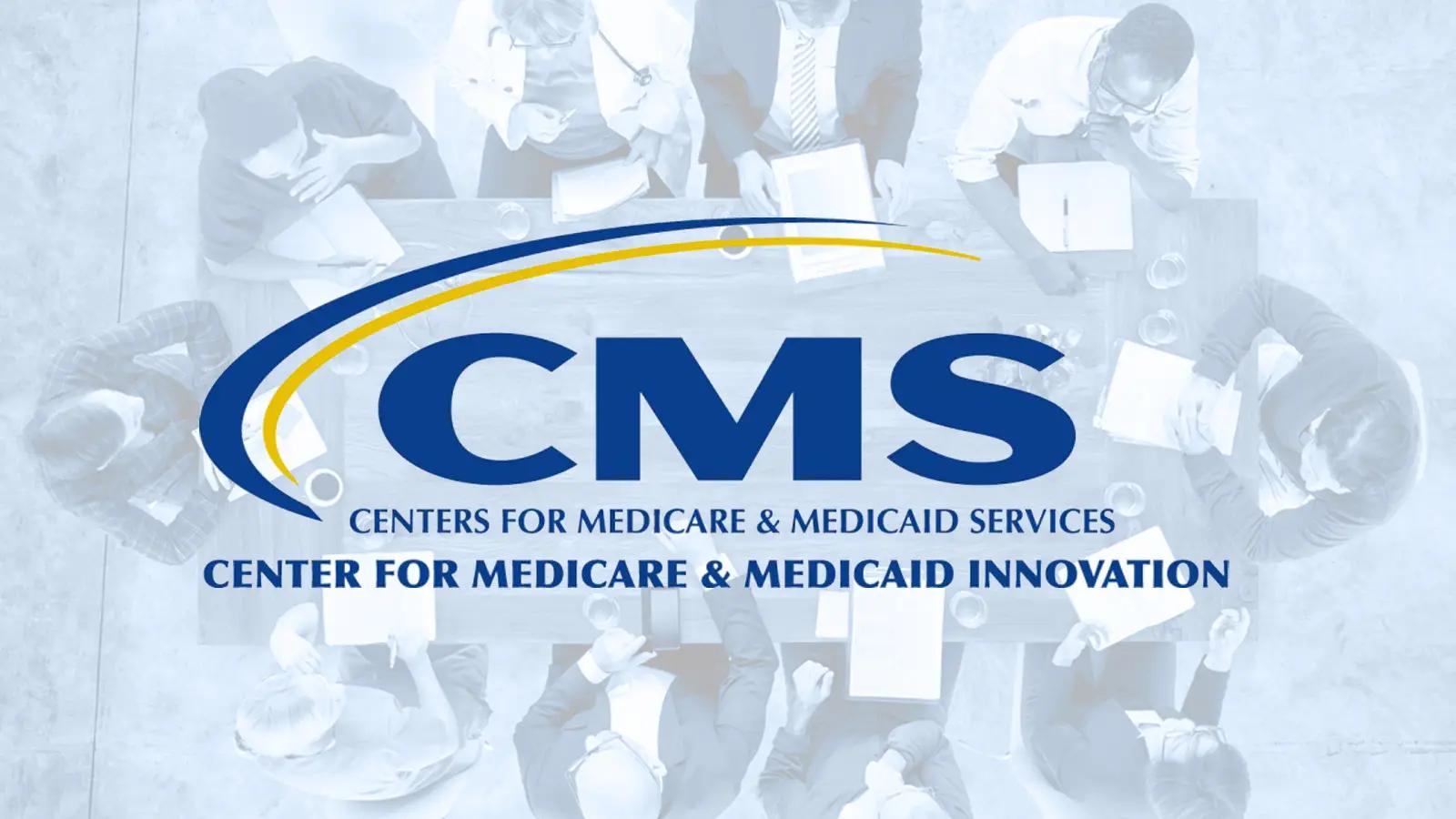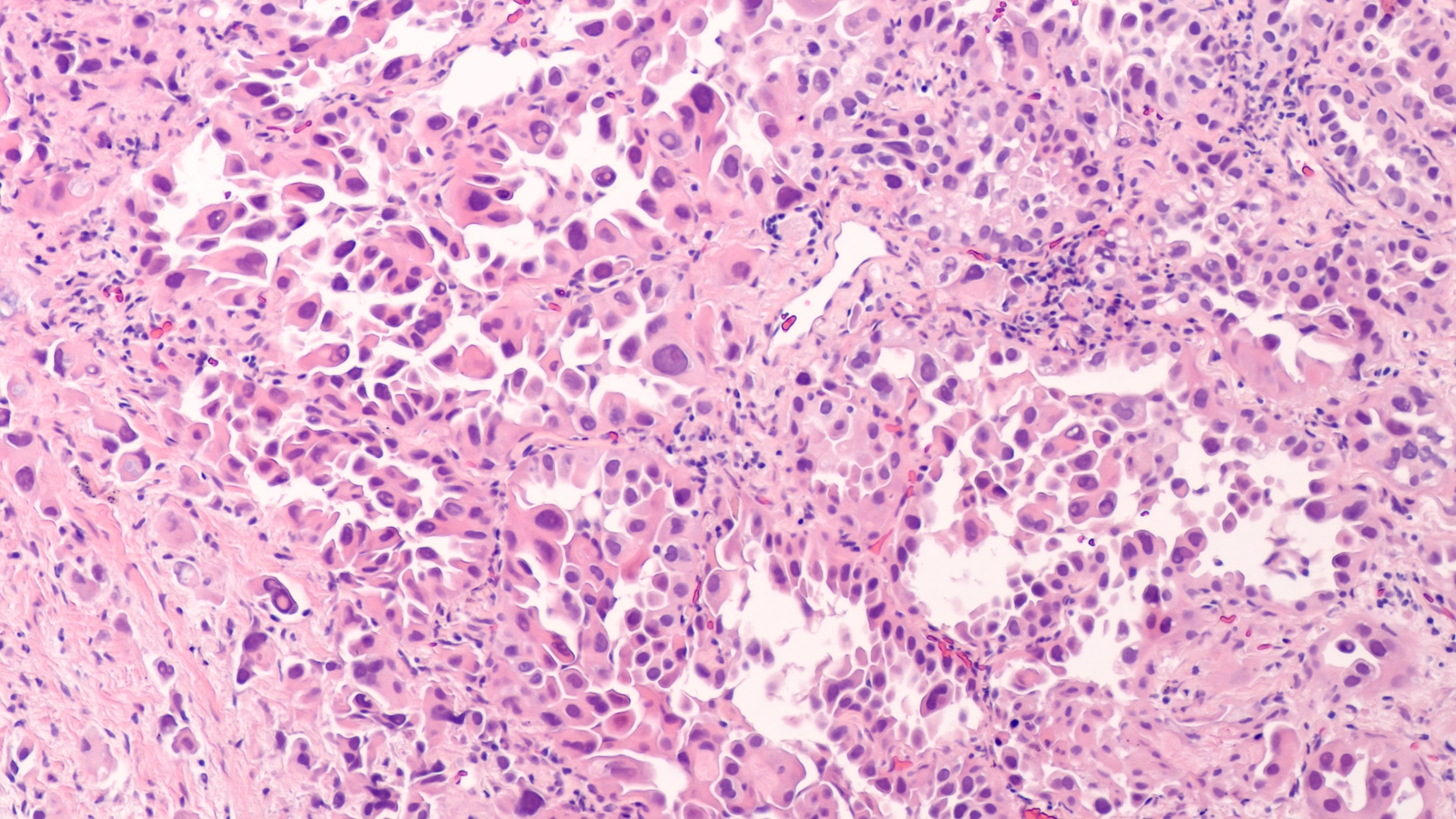Article
Presentation 4: An Update on Clinical Pathways
Author(s):
Bruce Feinberg, DO, vice president and chief medical officer of Cardinal Health Specialty Solutions, Clinical Pathways, begins this next segment from a different perspective.
Bruce Feinberg, DO, vice president and chief medical officer of Cardinal Health Specialty Solutions, Clinical Pathways, begins this next segment from a different perspective.
He begins by discussing how a large aging population means that the incidence of cancer is rising. With that influx comes complexity and greater chronicity. To care for this requires innovation, but with that innovation comes cost.
He suggests that organizations like Cardinal Health provide one example of how organizations are successfully navigating clinical pathways. Several things set them apart from the competition, including interactive technology and “behavioral economics of medicine.” He says that reluctance in adopting effective models in clinical pathways is a “culture of medicine” issue: “I would argue that this is not necessarily a performance issue that’s related to value versus volume, it’s not a reimbursement problem, and I’m not convinced it’s an evidence problem. What I do believe, it’s a cultural problem, and our culture of medicine impacts our doctors and it impacts our patients, and if we don't get to the culture of medicine issue, then we’re really ignoring the elephant in the room. It’s a culture of medicine which embraces now over later, new over old, and more over less.”
In order to be an effective leader such as Cardinal Health, Dr Feinberg says that organizations should focus on behaviors with the greatest impact on cost and quality, engage physicians intensively, provide patient education in real time, and provide the health information technology solutions that allow providers to engage with patients in real time.
Newsletter
Stay ahead of policy, cost, and value—subscribe to AJMC for expert insights at the intersection of clinical care and health economics.





